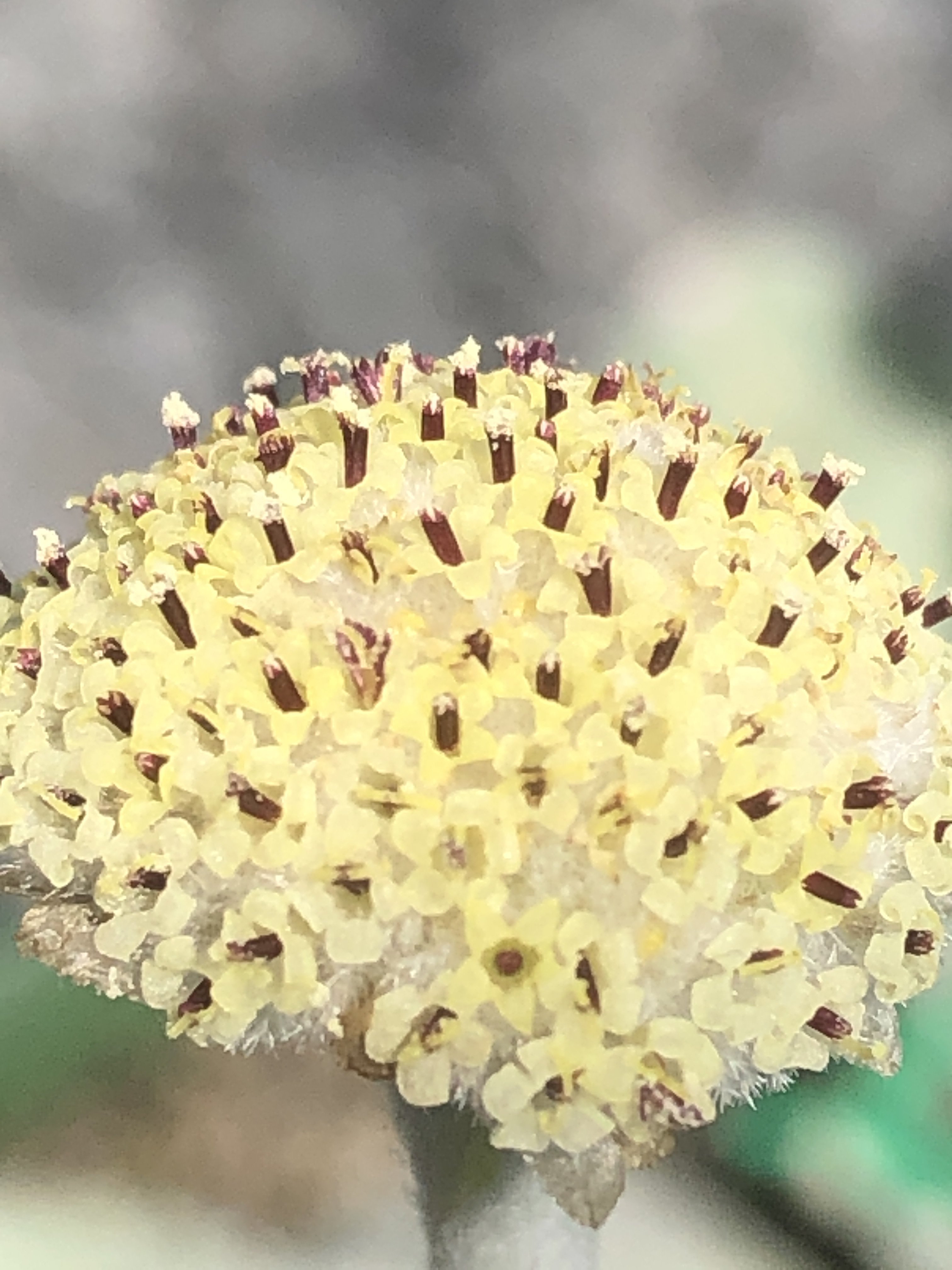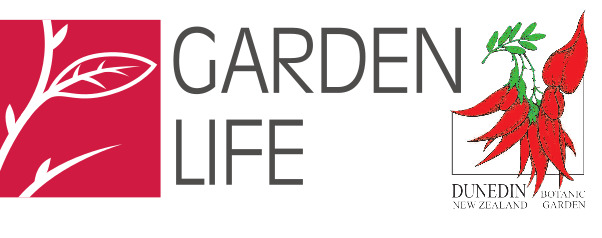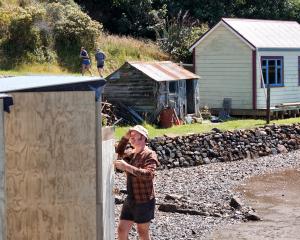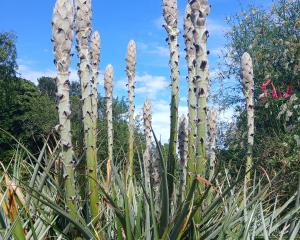
As a botanic garden, one of the things we can do here is to help conserve plant species through propagating and caring for threatened plants. Led by Doc, we are able to provide support for two of New Zealand’s most threatened plant species, the woollyheads — Craspedia argentea and an unnamed craspedia species from Cape Saunders, both assessed as "nationally critical": the category of plants and animals at greatest immediate threat of extinction.
Both species are only found in Otago and are in urgent need of the conservation effort that is being prioritised. This is collaborative work, and our role at Dunedin Botanic Garden in this project is to provide specialised propagation skills by growing plants from the seed provided. Producing plants and more seed provides Doc with options for translocation down the track, hopefully boosting the precious wild population.
We are encouraged to have germinated seedlings of both C. argentea and C. “Cape Saunders” overwintering well and hope that spring bringsa good flowering season for seed production.
These craspedia are being grown behind the scenes, however a stroll around Dunedin Botanic Garden may lead you past other threatened native plants such as Scutellaria novae-zelandiae or Olearia hectorii. Some, such as Pittosporum patulum or the well-known Clianthus puniceus (kākā beak) are under threat in the wild but doing well in cultivation — perhaps you could plant one of these at home?












